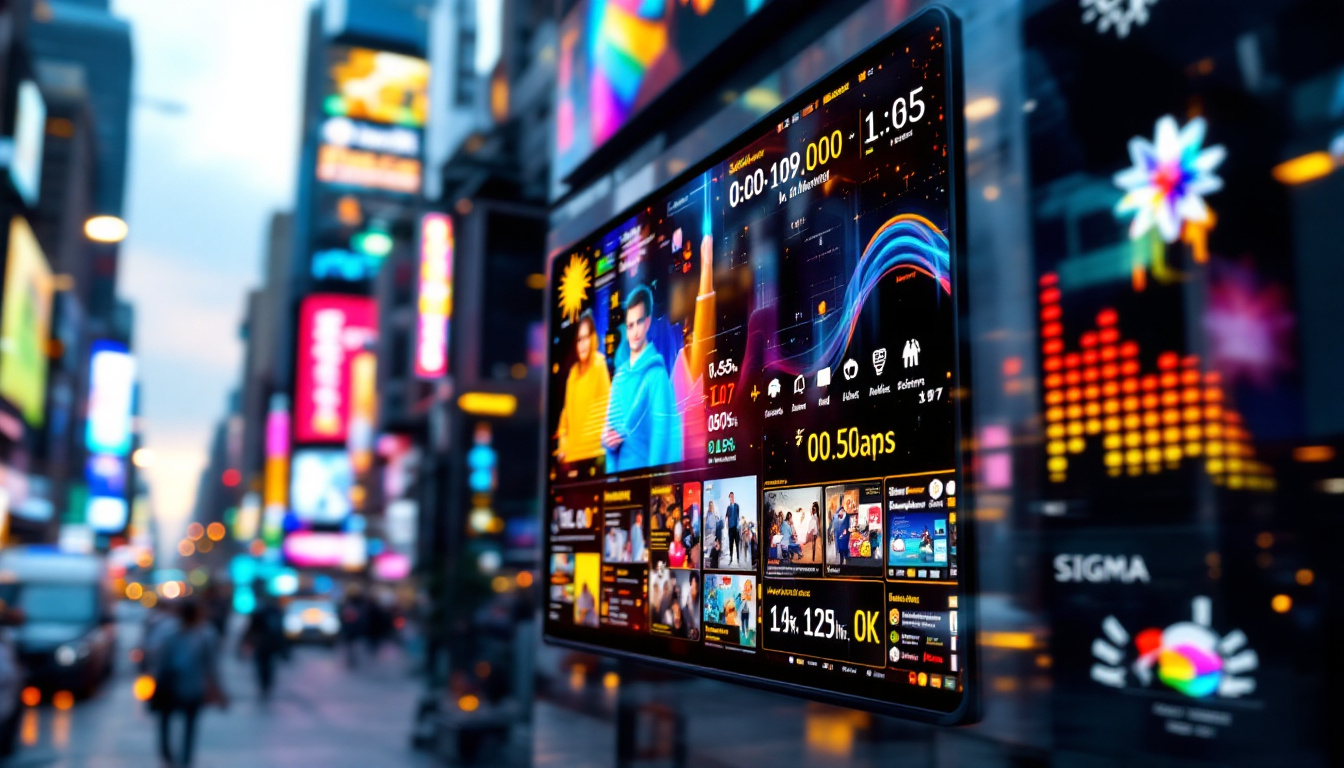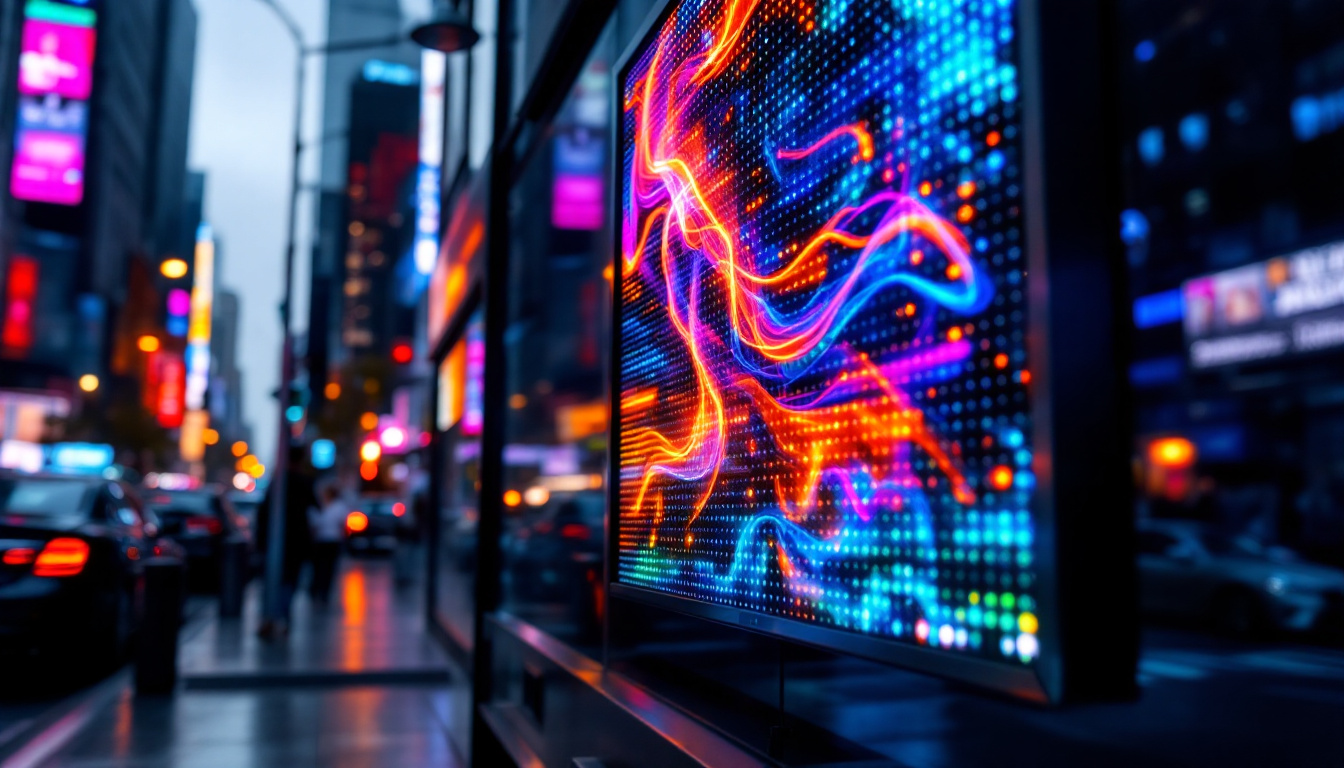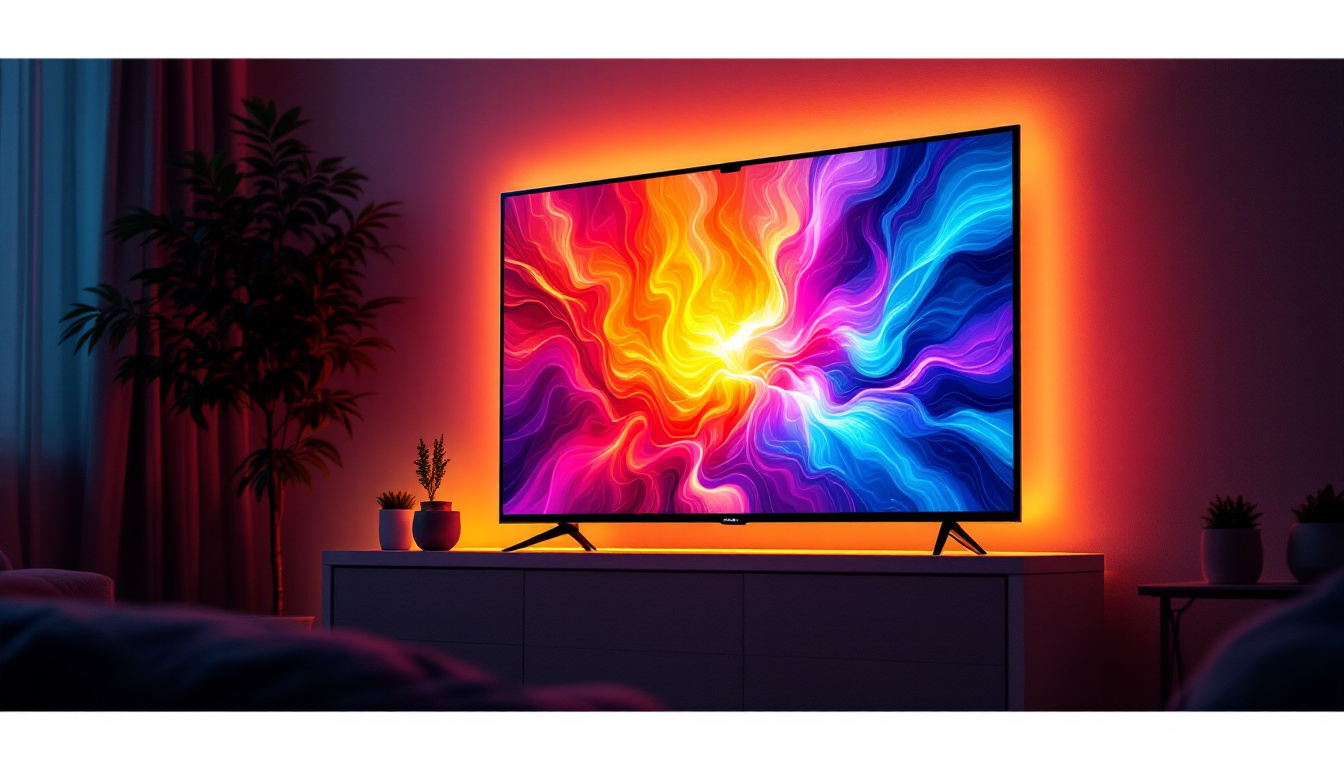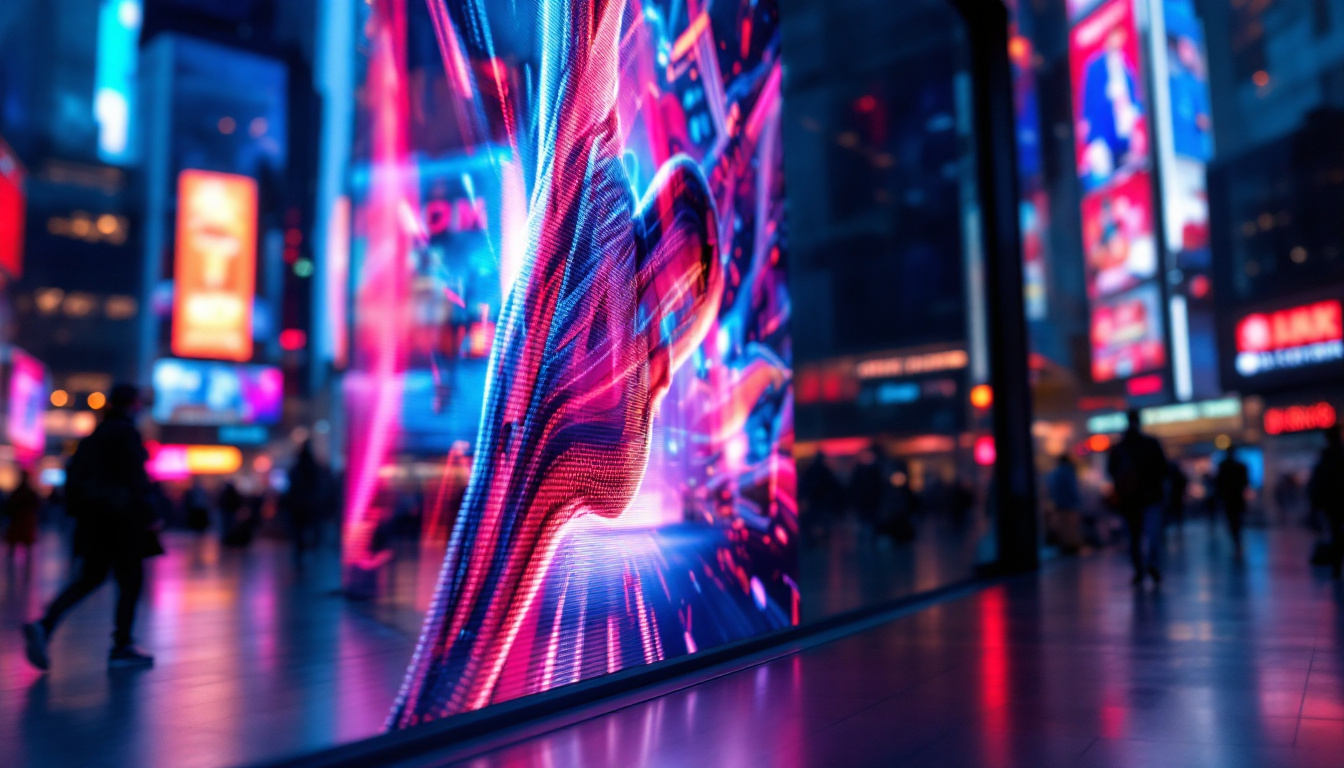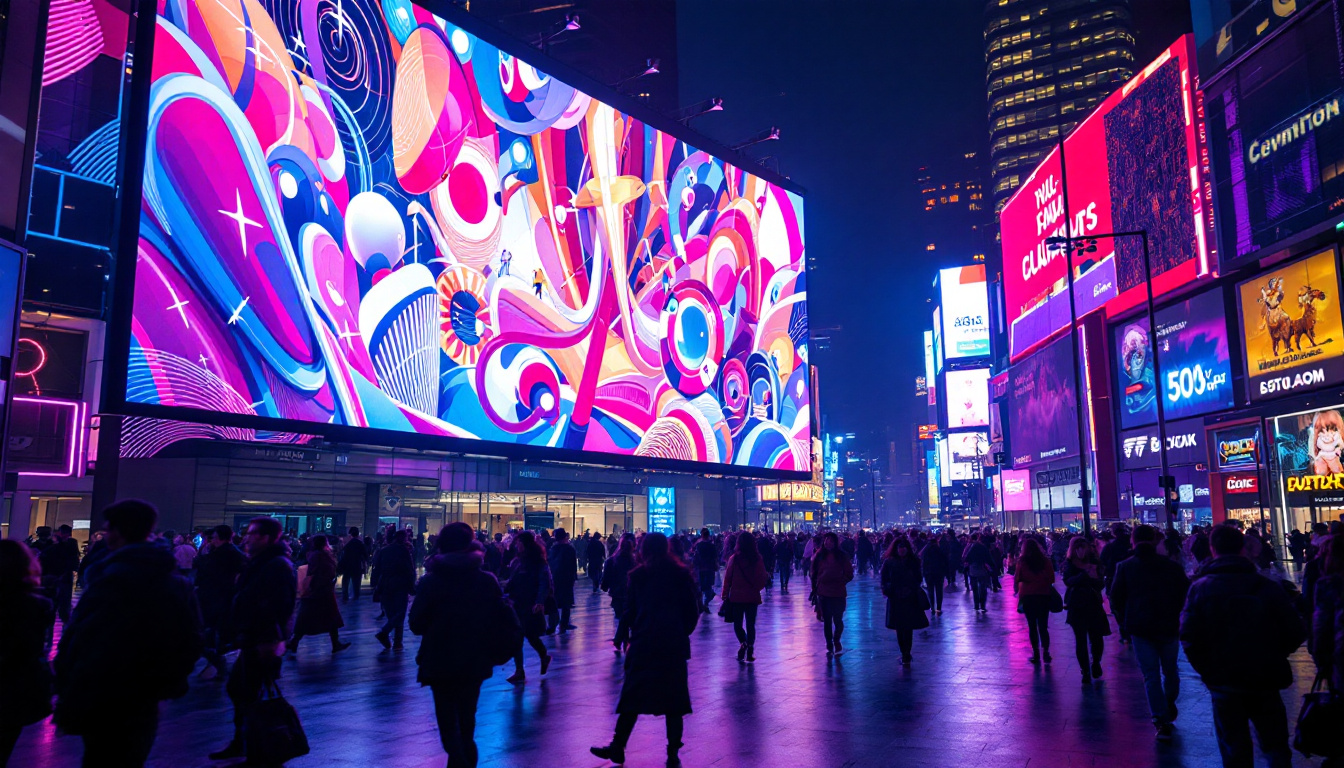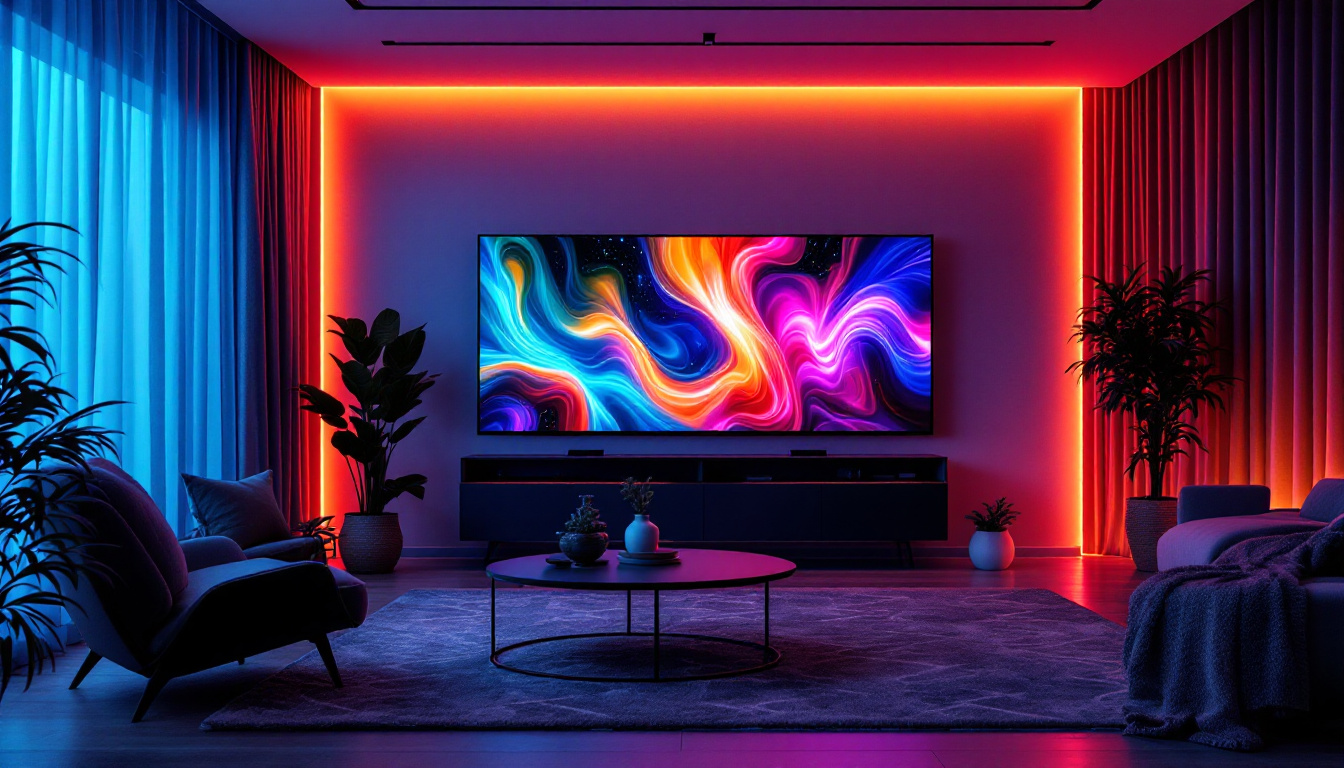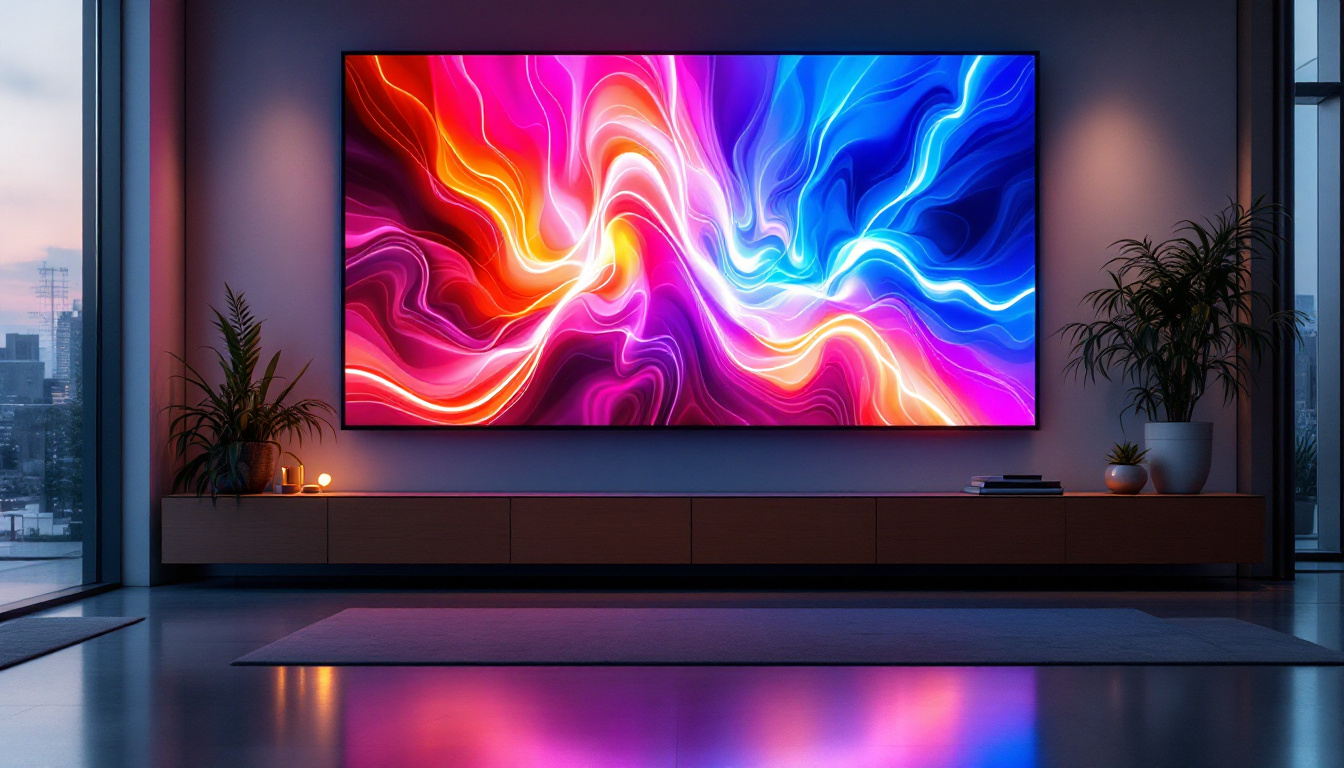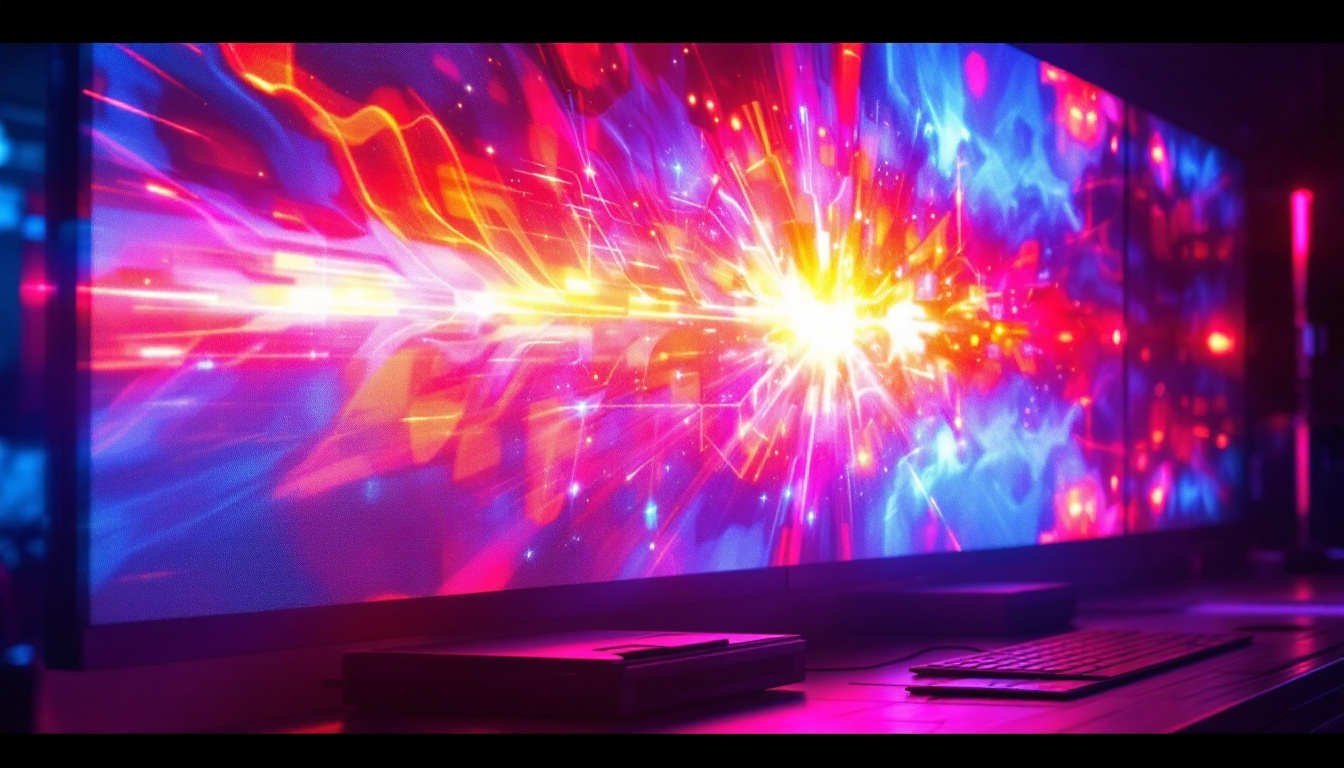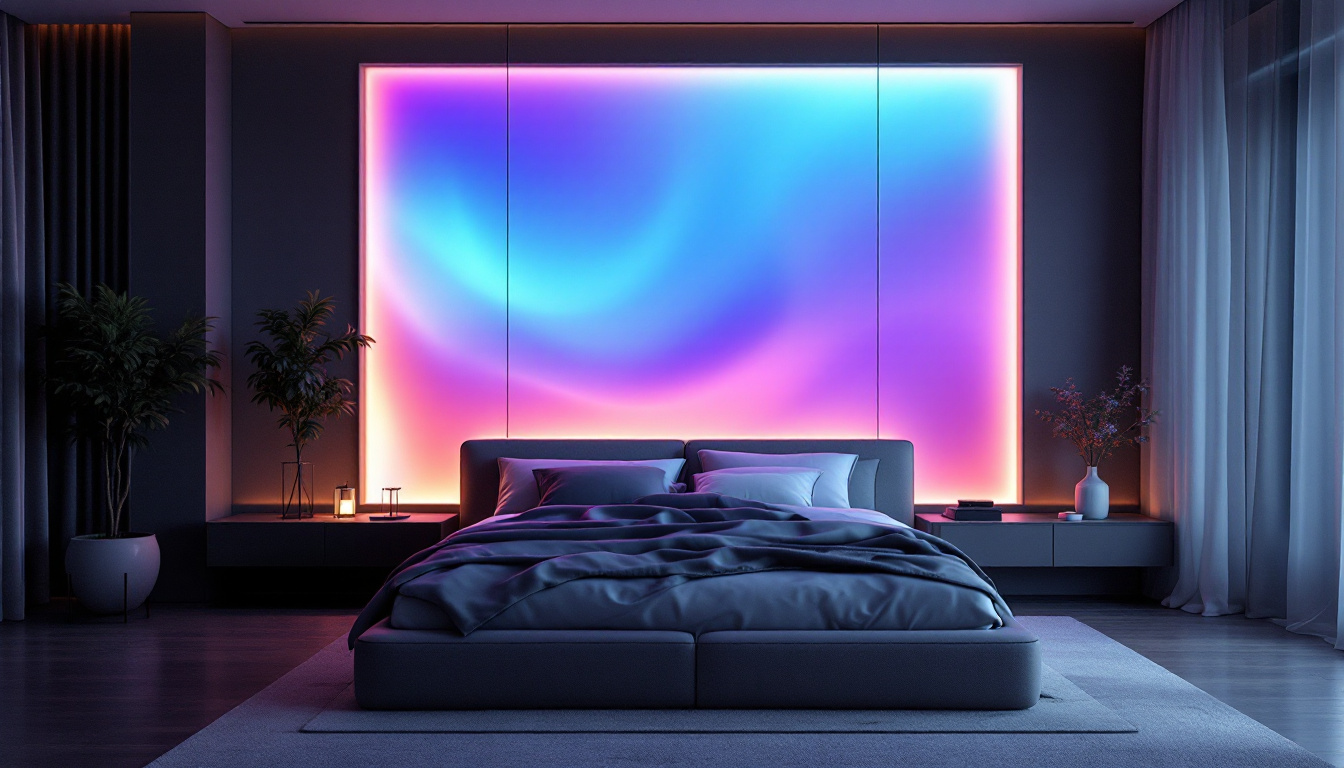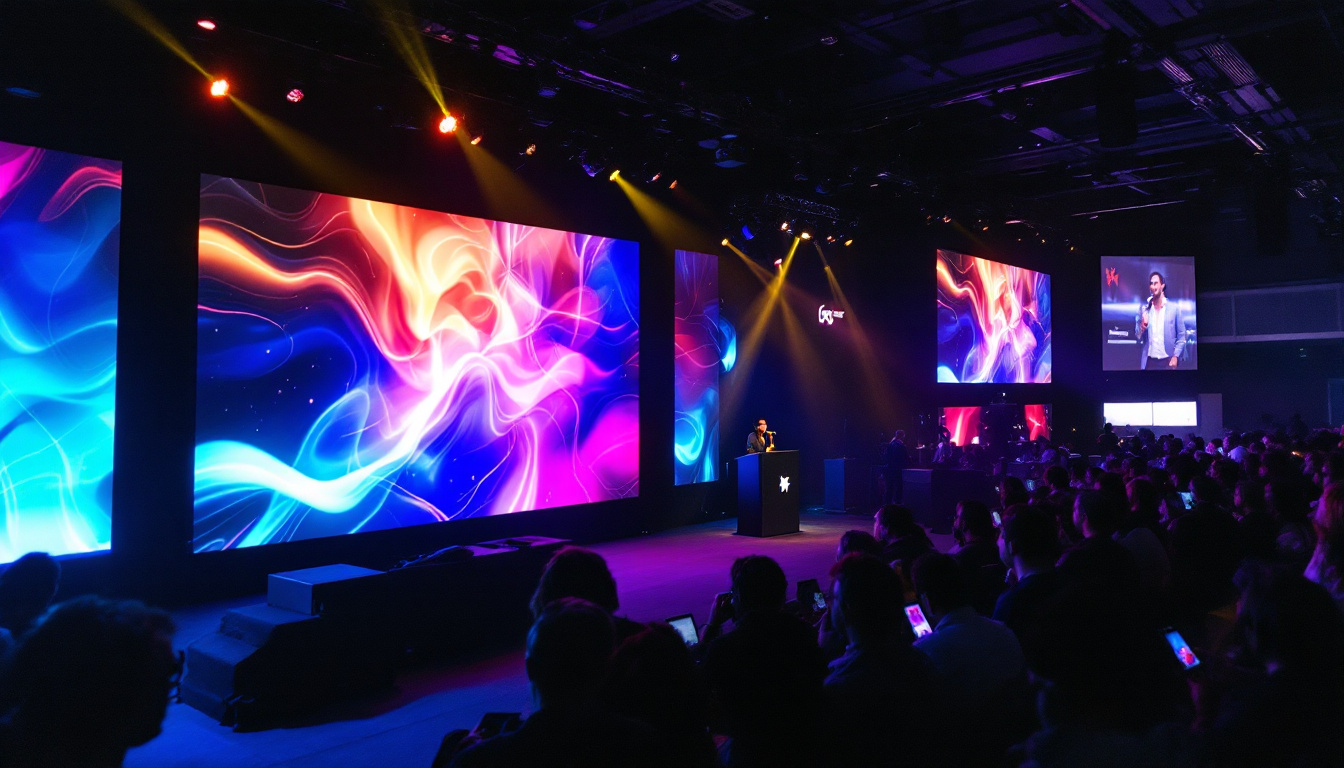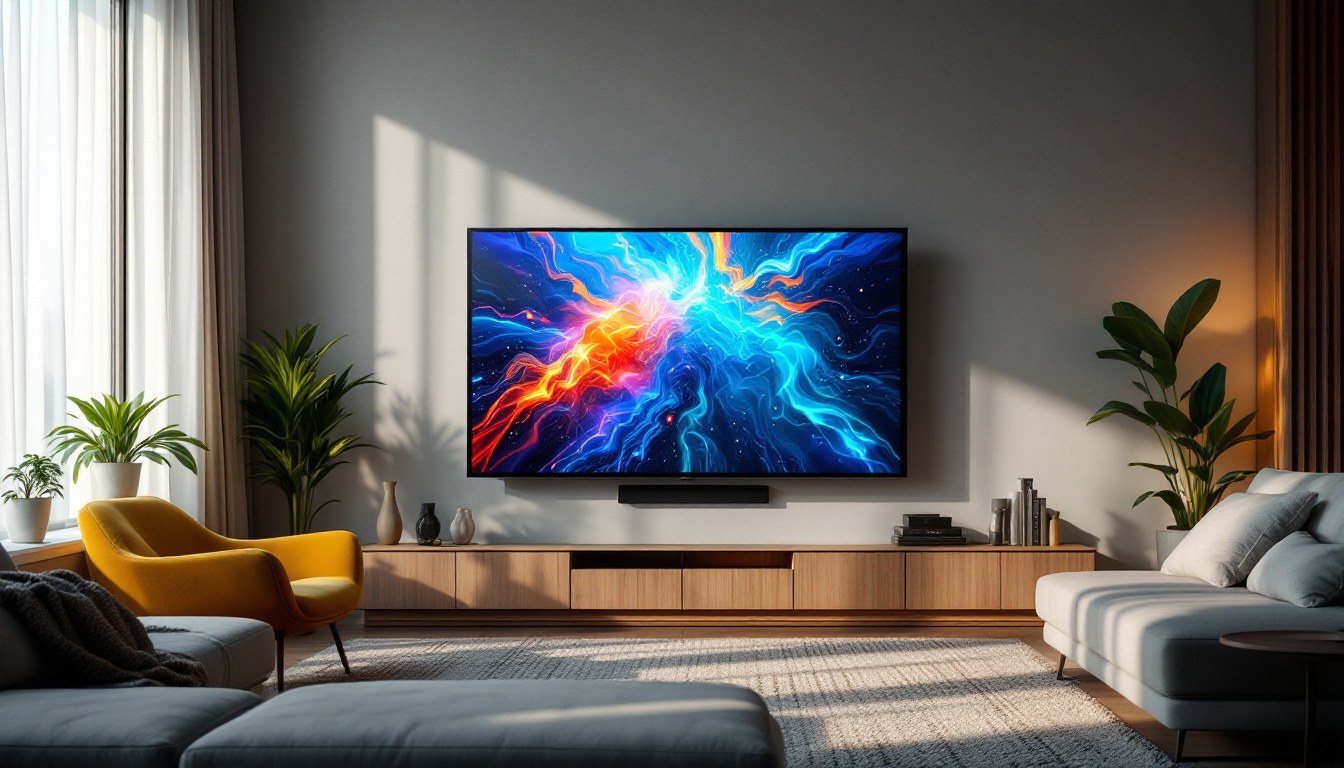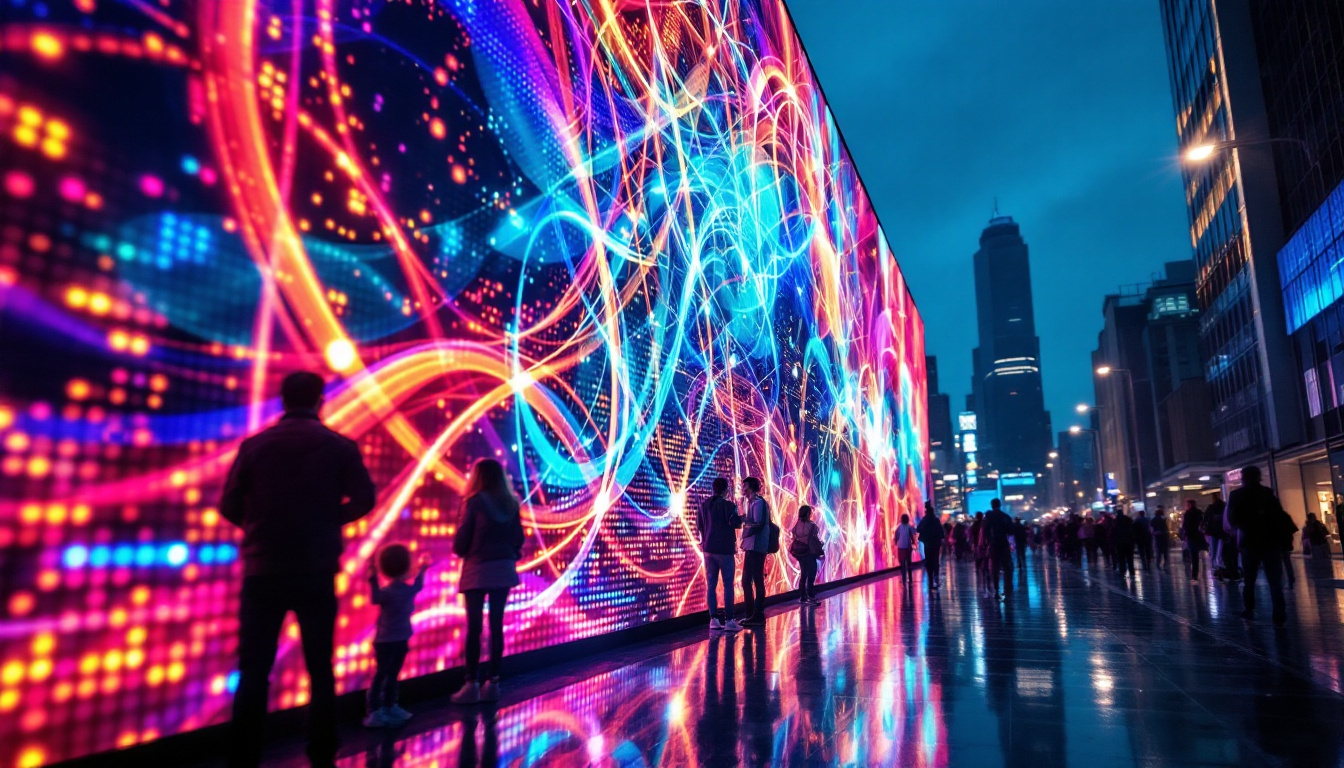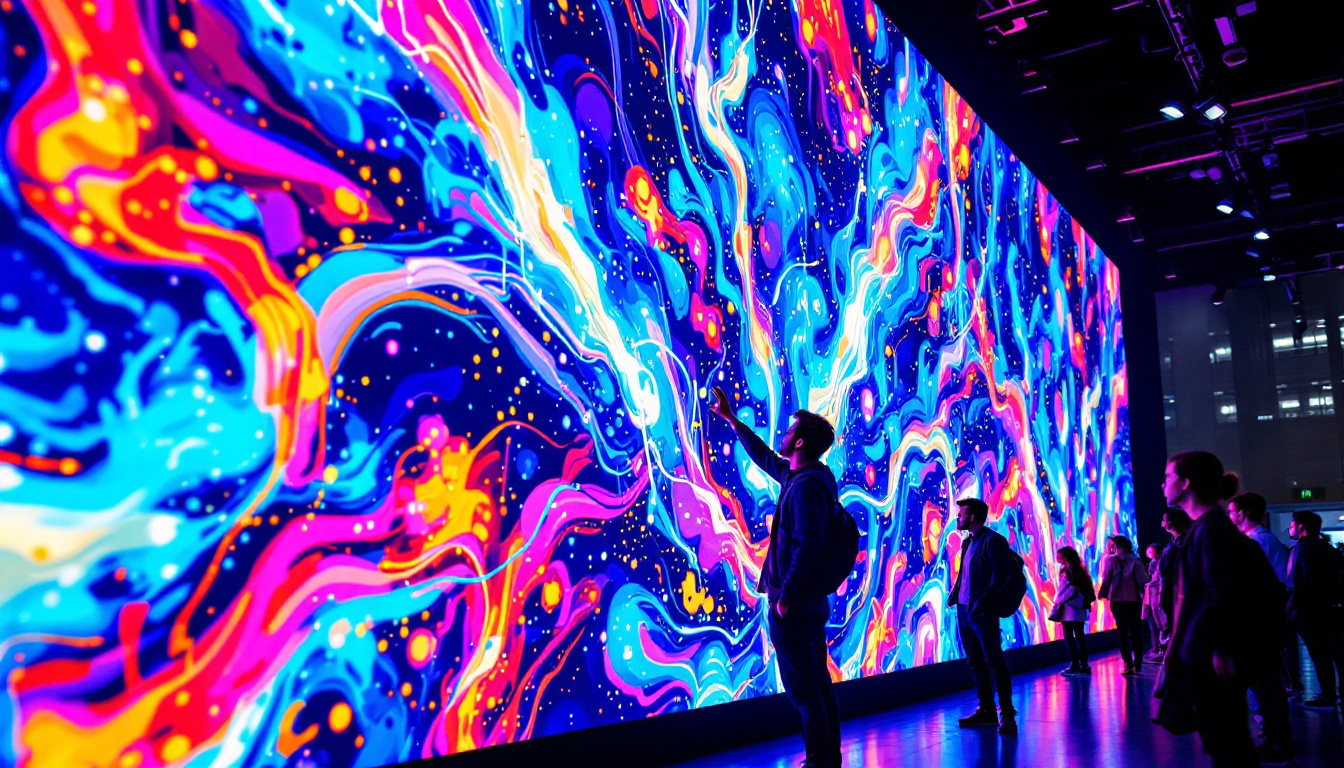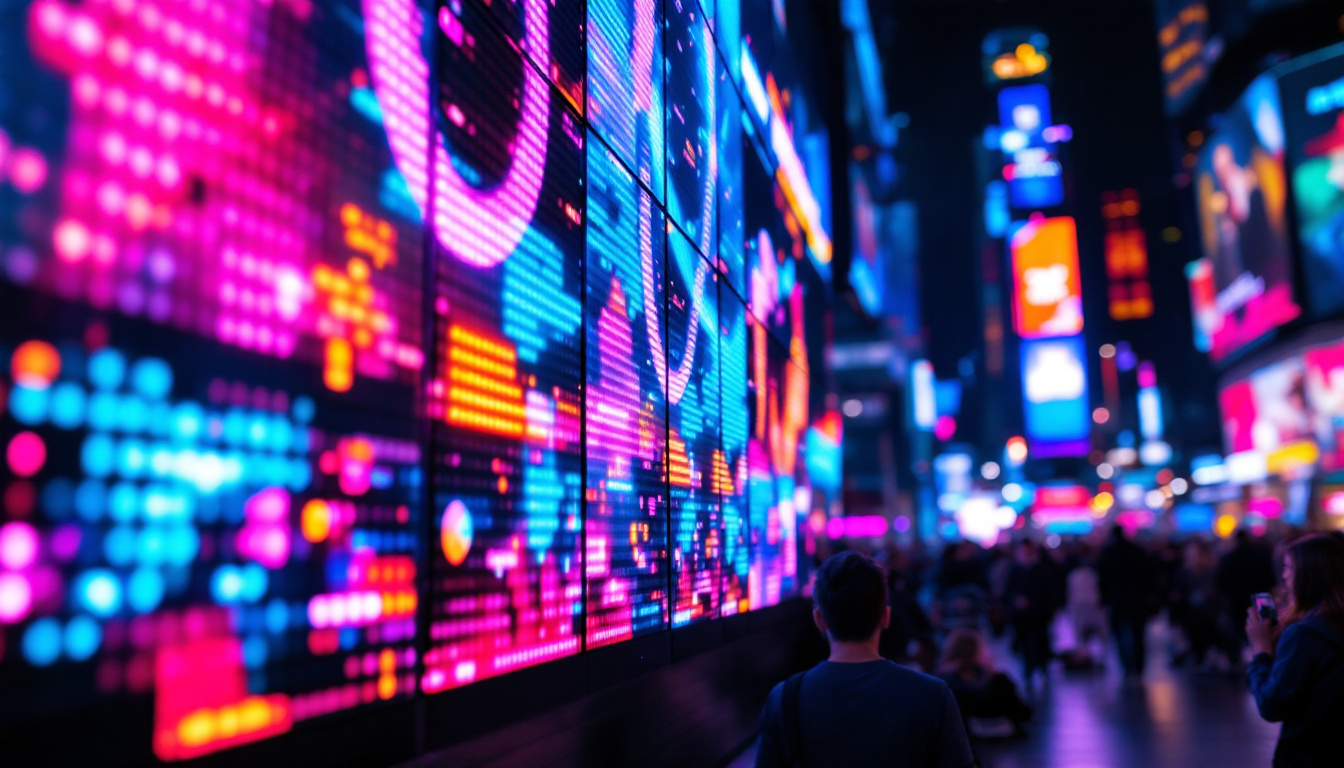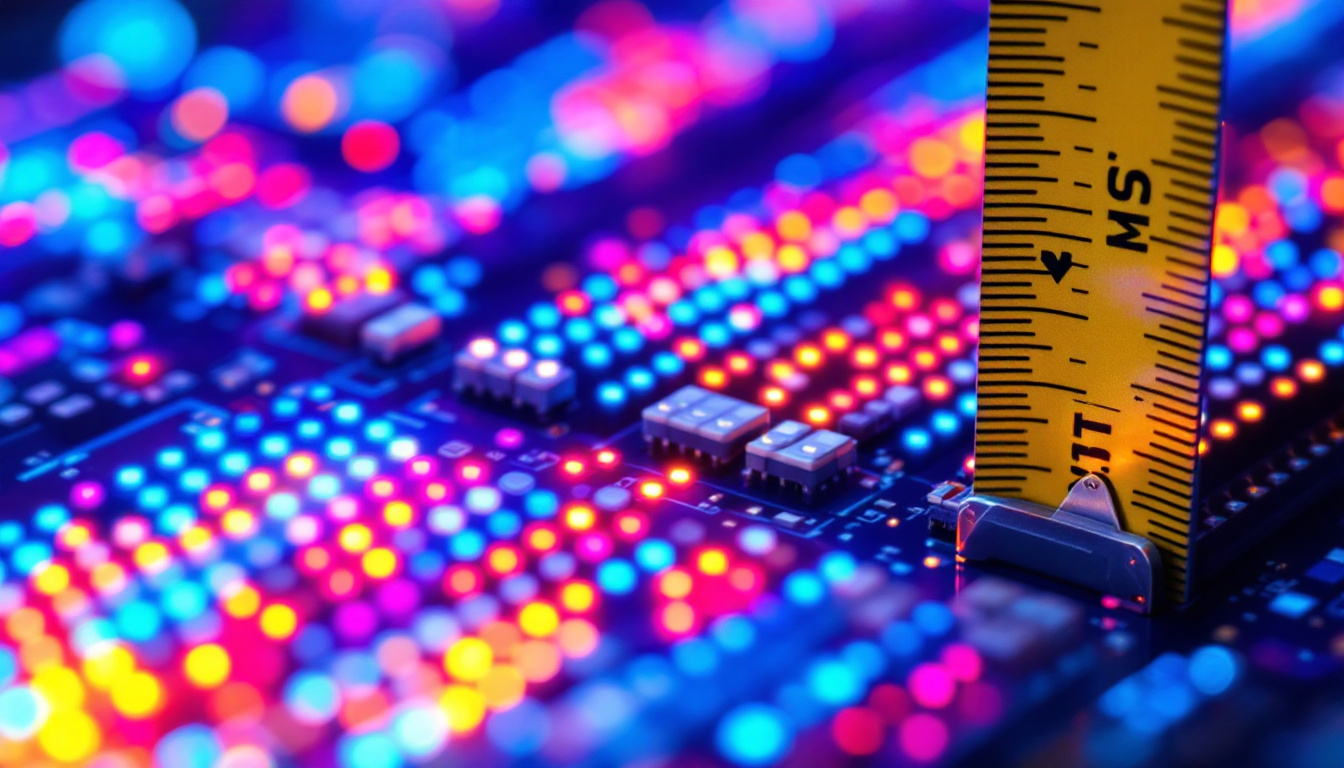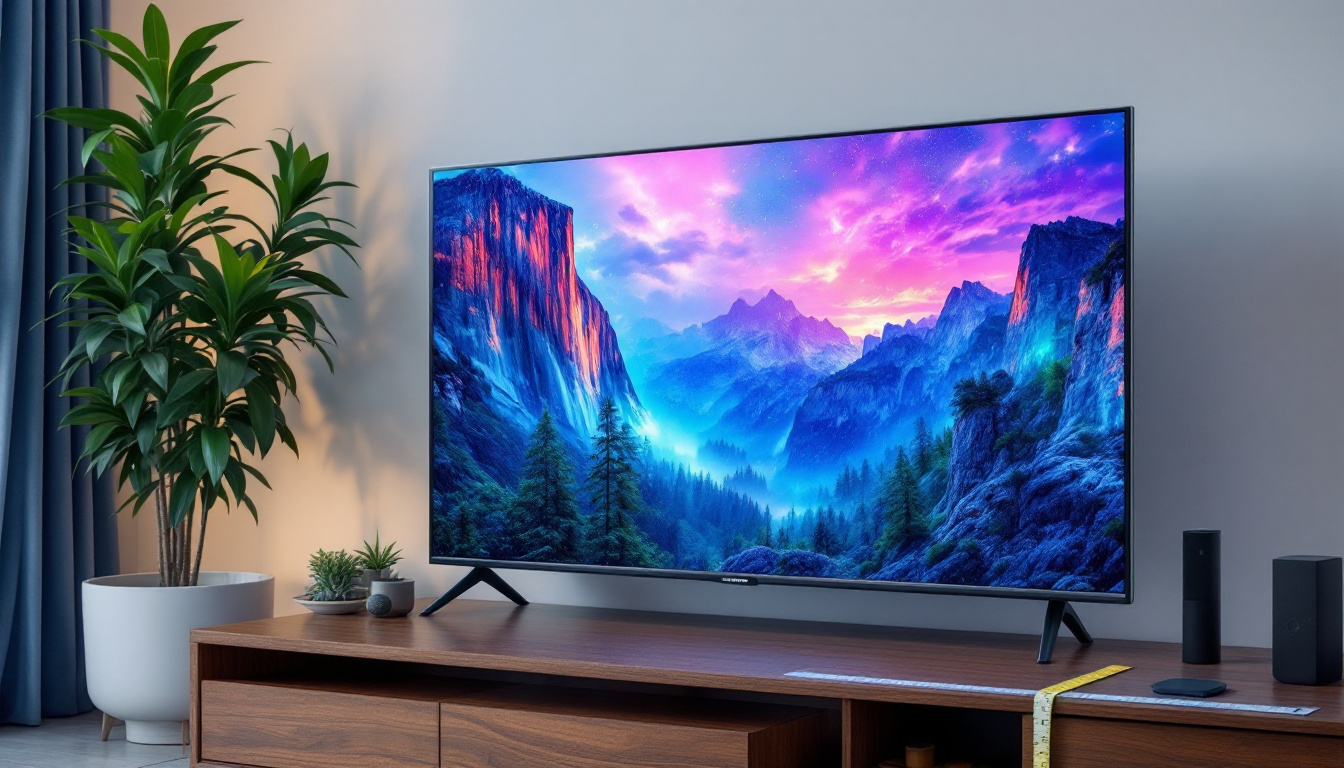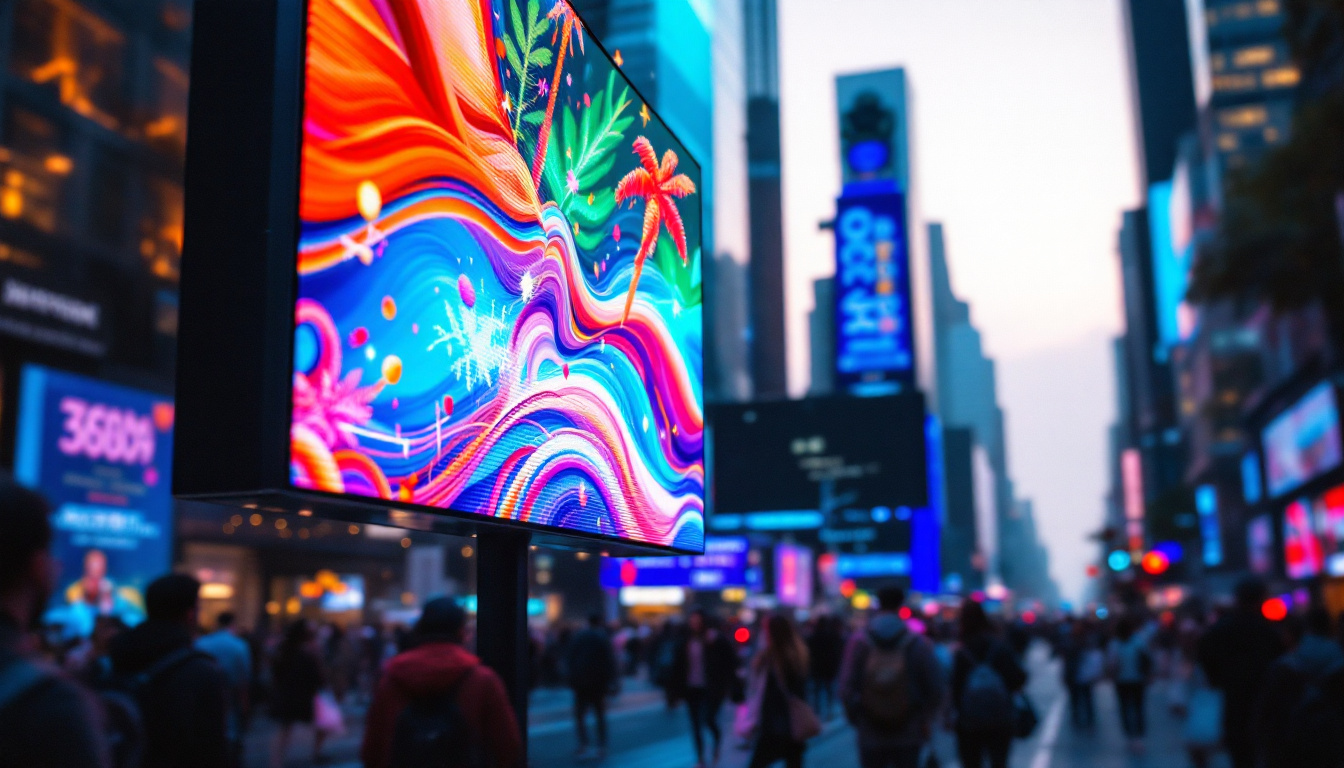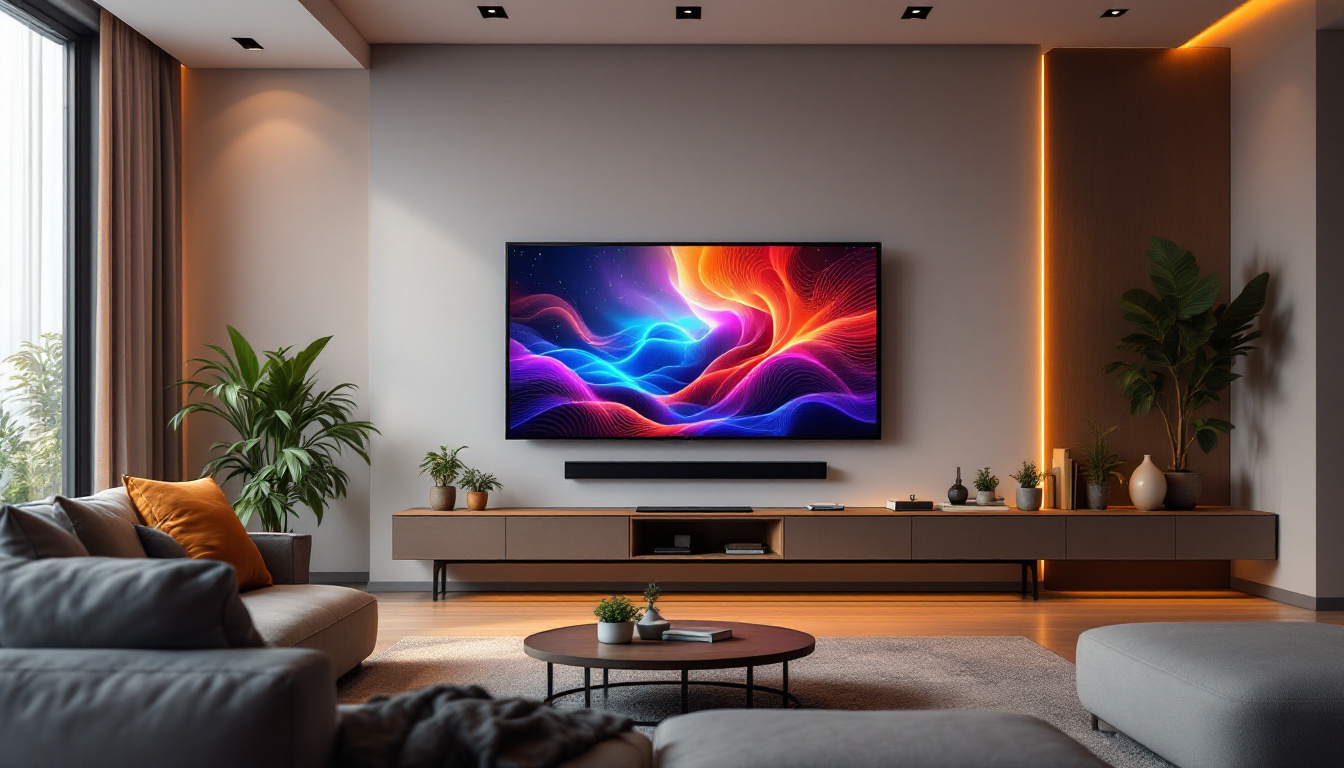In the ever-evolving world of technology, displays have become an integral part of our daily lives. From smartphones to large outdoor billboards, the demand for high-quality screens continues to rise. Among the various types of displays available, LED (Light Emitting Diode) displays have gained significant popularity due to their efficiency, brightness, and versatility. This article delves into the intricacies of LED displays, exploring their technology, advantages, and the role of LCD screen suppliers in this dynamic market.
Understanding LED Display Technology
LED displays are a type of flat panel display that utilizes light-emitting diodes as the primary source of illumination. Unlike traditional LCDs that require a backlight, LED displays can produce light directly, which allows for thinner designs and improved energy efficiency. The technology behind LED displays can be categorized into several types, including OLED (Organic LED), QLED (Quantum Dot LED), and Mini-LED.
Types of LED Displays
Different types of LED displays serve various purposes and applications. Understanding these types can help consumers make informed decisions when selecting a display for their needs.
- OLED Displays: These displays use organic compounds that emit light when an electric current is applied. OLED technology allows for deeper blacks and a wider color gamut, making it ideal for high-end televisions and smartphones.
- QLED Displays: Quantum Dot LED displays utilize quantum dots to enhance color and brightness. This technology is commonly found in premium televisions and offers vibrant colors and improved energy efficiency.
- Mini-LED Displays: Mini-LED technology uses smaller LEDs for backlighting, resulting in better contrast and more precise control over brightness levels. This type is gaining traction in high-end monitors and televisions.
How LED Displays Work
The fundamental operation of an LED display involves the emission of light from individual diodes. Each diode can be turned on or off independently, allowing for precise control over the displayed image. This capability enables LED displays to achieve high levels of brightness and contrast, making them suitable for a variety of environments, from dimly lit rooms to bright outdoor settings.
In an LED display, pixels are composed of red, green, and blue (RGB) sub-pixels. By adjusting the intensity of each color, a wide spectrum of colors can be produced. This RGB combination is what gives LED displays their vivid and dynamic visuals, enhancing the viewing experience significantly.
Advantages of LED Displays
LED displays offer numerous advantages over traditional display technologies. These benefits contribute to their growing popularity across various sectors, including retail, entertainment, and digital signage.
Energy Efficiency
One of the most significant advantages of LED displays is their energy efficiency. Compared to traditional LCDs and CRTs (Cathode Ray Tubes), LED displays consume less power while providing superior brightness. This efficiency not only reduces electricity costs but also has a positive impact on the environment, making LED technology a more sustainable choice.
Brightness and Visibility
LED displays are known for their exceptional brightness levels, making them suitable for both indoor and outdoor applications. The high luminance ensures that images remain clear and visible even in direct sunlight, which is crucial for outdoor advertising and public displays. This capability enhances the effectiveness of marketing campaigns and ensures that messages reach a wider audience.
Longevity and Durability
Another notable advantage of LED displays is their longevity. LED technology has a longer lifespan compared to traditional display technologies, often exceeding 50,000 hours of use. This durability translates to lower maintenance costs and less frequent replacements, making LED displays a cost-effective investment in the long run.
The Role of LCD Screen Suppliers
LCD screen suppliers play a pivotal role in the distribution and availability of LED display technology. They bridge the gap between manufacturers and consumers, ensuring that high-quality displays reach various markets. Understanding the dynamics of this supply chain is essential for businesses and individuals looking to invest in LED technology.
Supplier Selection Criteria
When choosing an LCD screen supplier, several factors should be considered to ensure that the selected partner aligns with the needs of the business. These criteria include:
- Product Quality: The quality of the displays offered by the supplier is paramount. Suppliers should provide products that meet industry standards and have a reputation for reliability and performance.
- Customer Support: A responsive and knowledgeable customer support team is essential for addressing any issues that may arise during the purchasing process or after installation.
- Pricing: Competitive pricing is a critical factor, but it should not come at the expense of quality. Evaluating the overall value of the product is essential.
Market Trends and Innovations
The LED display market is continuously evolving, with new innovations and trends shaping its future. Suppliers must stay abreast of these developments to remain competitive. Some current trends include:
- Smart Displays: The integration of smart technology into LED displays is on the rise. Features such as touch capabilities, connectivity options, and interactive elements are becoming standard.
- Flexible Displays: Flexible LED displays are gaining traction, allowing for creative applications in various environments. These displays can be bent or shaped to fit unique spaces, offering new design possibilities.
- Environmental Sustainability: As consumers become more environmentally conscious, suppliers are focusing on sustainable practices. This includes using eco-friendly materials and reducing waste in the manufacturing process.
Applications of LED Displays
LED displays are versatile and can be found in a wide range of applications. Their adaptability makes them suitable for various industries, each benefiting from the unique features of LED technology.
Advertising and Marketing
In the realm of advertising, LED displays have transformed the way brands communicate with consumers. Digital billboards and signage allow for dynamic content that can be updated in real-time. This capability enables businesses to engage with their audience more effectively, promoting products and services in a visually striking manner.
Moreover, LED displays can be used for targeted advertising, displaying specific messages based on the time of day or audience demographics. This level of customization enhances marketing strategies and improves return on investment.
Entertainment and Events
LED displays are a staple in the entertainment industry, often used in concerts, festivals, and sporting events. Large-scale LED screens provide immersive experiences for audiences, displaying high-definition visuals that enhance performances and broadcasts.
In addition to live events, LED displays are also used in theaters and cinemas, providing vibrant visuals that captivate viewers. The ability to create stunning visual effects contributes to the overall impact of the entertainment experience.
Corporate and Educational Settings
In corporate environments, LED displays are utilized for presentations, meetings, and training sessions. Their clarity and brightness ensure that information is conveyed effectively, facilitating better communication among teams.
Similarly, educational institutions are increasingly adopting LED technology for classrooms and auditoriums. Interactive displays enhance learning experiences, allowing teachers to engage students with dynamic content and visuals.
Challenges and Considerations
While LED displays offer numerous advantages, there are also challenges and considerations that consumers and businesses must keep in mind. Understanding these factors can help in making informed decisions.
Initial Cost
One of the primary challenges associated with LED displays is the initial cost. High-quality LED technology can be more expensive than traditional display options. However, when considering the long-term benefits, such as lower energy consumption and reduced maintenance costs, the investment often proves worthwhile.
Viewing Angles
Another consideration is the viewing angle of LED displays. While many modern LED screens offer wide viewing angles, some lower-quality models may suffer from color distortion or reduced brightness when viewed from the side. It is essential to evaluate the specifications of a display before making a purchase to ensure it meets the intended use.
Heat Generation
LED displays can generate heat during operation, which may require additional cooling solutions in certain installations. This factor is particularly important for large-scale displays used in outdoor settings. Proper ventilation and cooling systems should be implemented to ensure optimal performance and longevity.
The Future of LED Displays
The future of LED displays looks promising, with continuous advancements in technology and applications. As consumer demands evolve, manufacturers and suppliers are likely to innovate further, offering even more sophisticated solutions.
Integration with Emerging Technologies
As technologies such as artificial intelligence and augmented reality continue to develop, the integration of these advancements with LED displays is expected to enhance user experiences. Smart displays that can adapt to user preferences and provide interactive features will likely become more prevalent.
Focus on Sustainability
With an increasing emphasis on environmental responsibility, the LED display industry is likely to prioritize sustainable practices. This includes the use of recyclable materials, energy-efficient manufacturing processes, and reduced carbon footprints. Consumers are becoming more conscious of their choices, and suppliers will need to adapt to meet these expectations.
Customization and Personalization
The demand for customized solutions is on the rise. Businesses and individuals are seeking displays that cater to their specific needs, whether for branding, functionality, or design. Suppliers that can offer tailored solutions will have a competitive edge in the market.
Conclusion
LED displays represent a significant advancement in display technology, offering a range of benefits that cater to various applications and industries. As the market continues to evolve, LCD screen suppliers play a crucial role in ensuring that high-quality LED displays are accessible to consumers and businesses alike.
With their energy efficiency, brightness, and versatility, LED displays are poised to remain at the forefront of display technology. By understanding the intricacies of LED technology, the advantages it offers, and the challenges it presents, consumers can make informed decisions that align with their needs and preferences. As we look to the future, the potential for innovation and growth in the LED display market is limitless.
Discover LumenMatrix’s Innovative LED Display Solutions
Ready to elevate your visual experience with the latest in LED display technology? Look no further than LumenMatrix, a pioneer in crafting LED display modules that transform your brand’s presence and captivate your audience. From vibrant Indoor and Outdoor LED Wall Displays to dynamic Vehicle and Sports LED Displays, LumenMatrix offers a comprehensive range of solutions tailored to your needs. Embrace the future of visual communication with our Custom, All-in-One, and Transparent LED Displays, designed to deliver your message with unparalleled impact. Check out LumenMatrix LED Display Solutions today and join the revolution in digital signage and display innovation.

